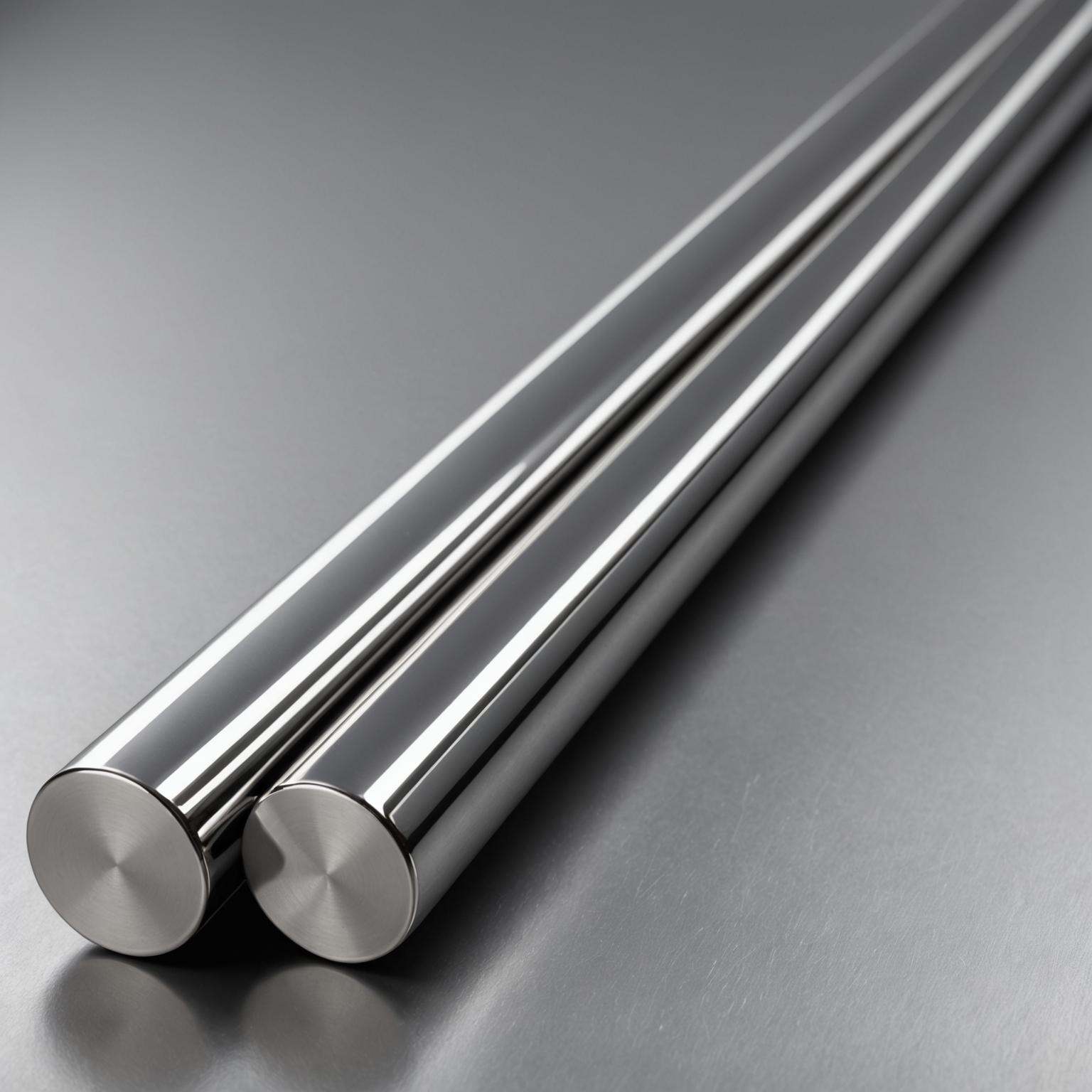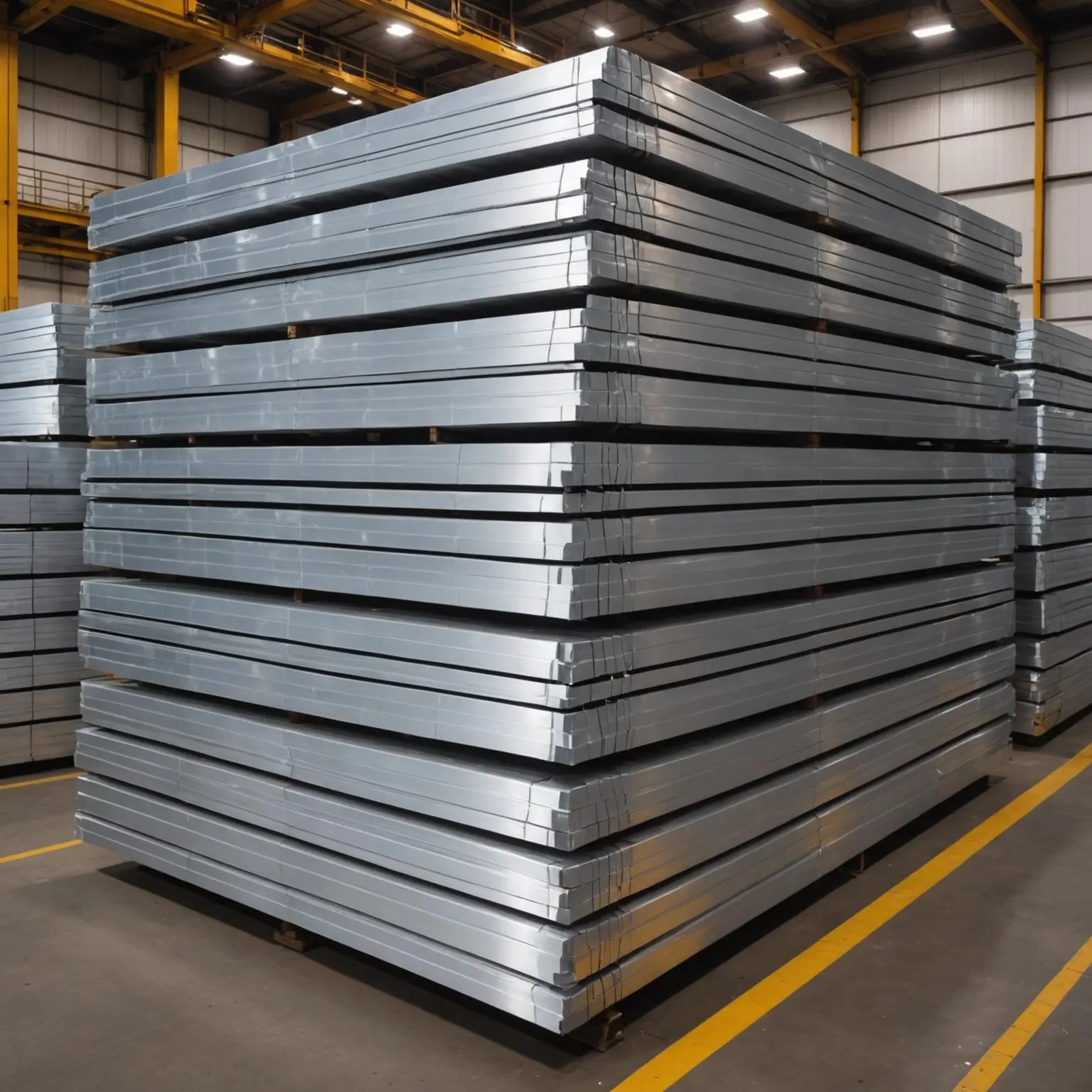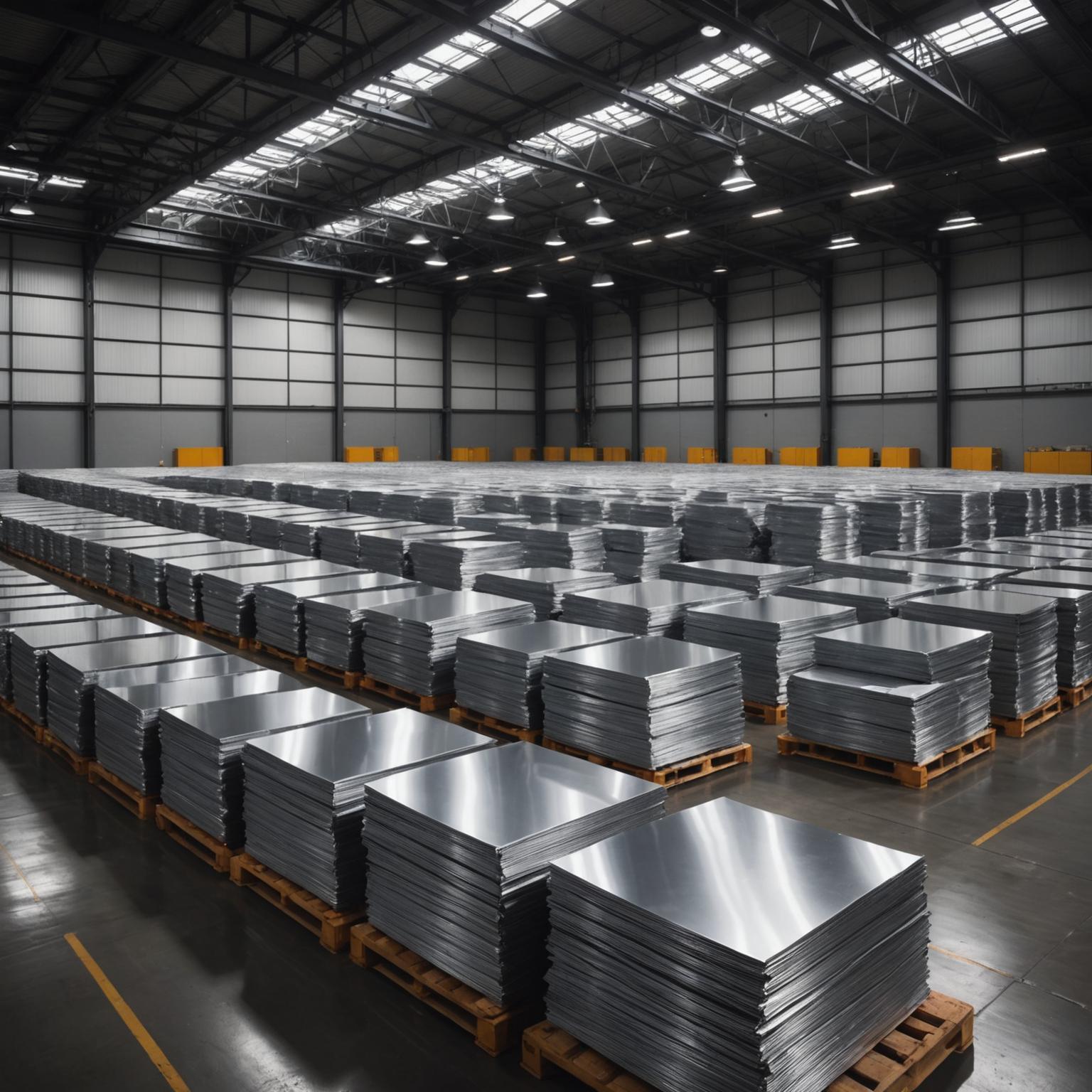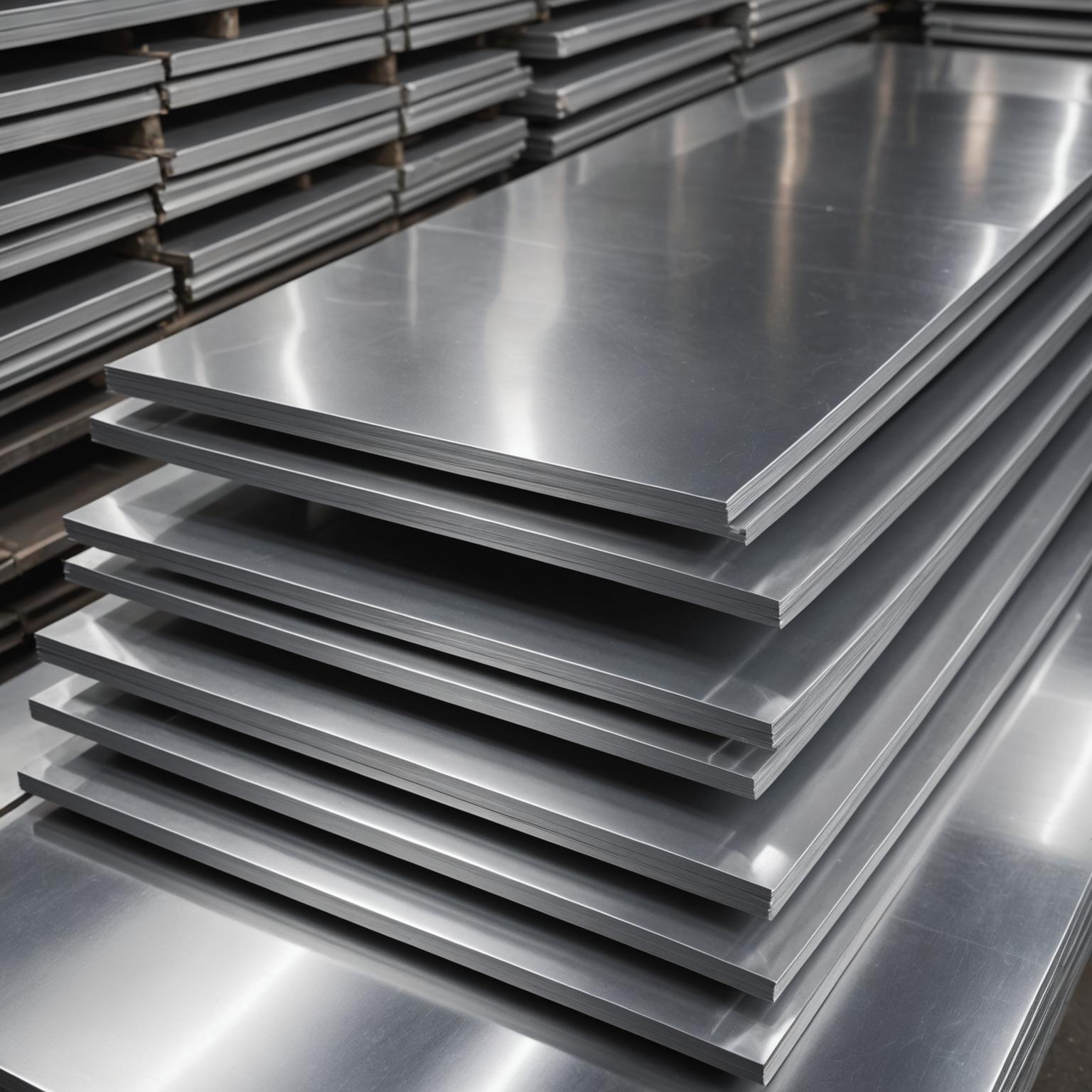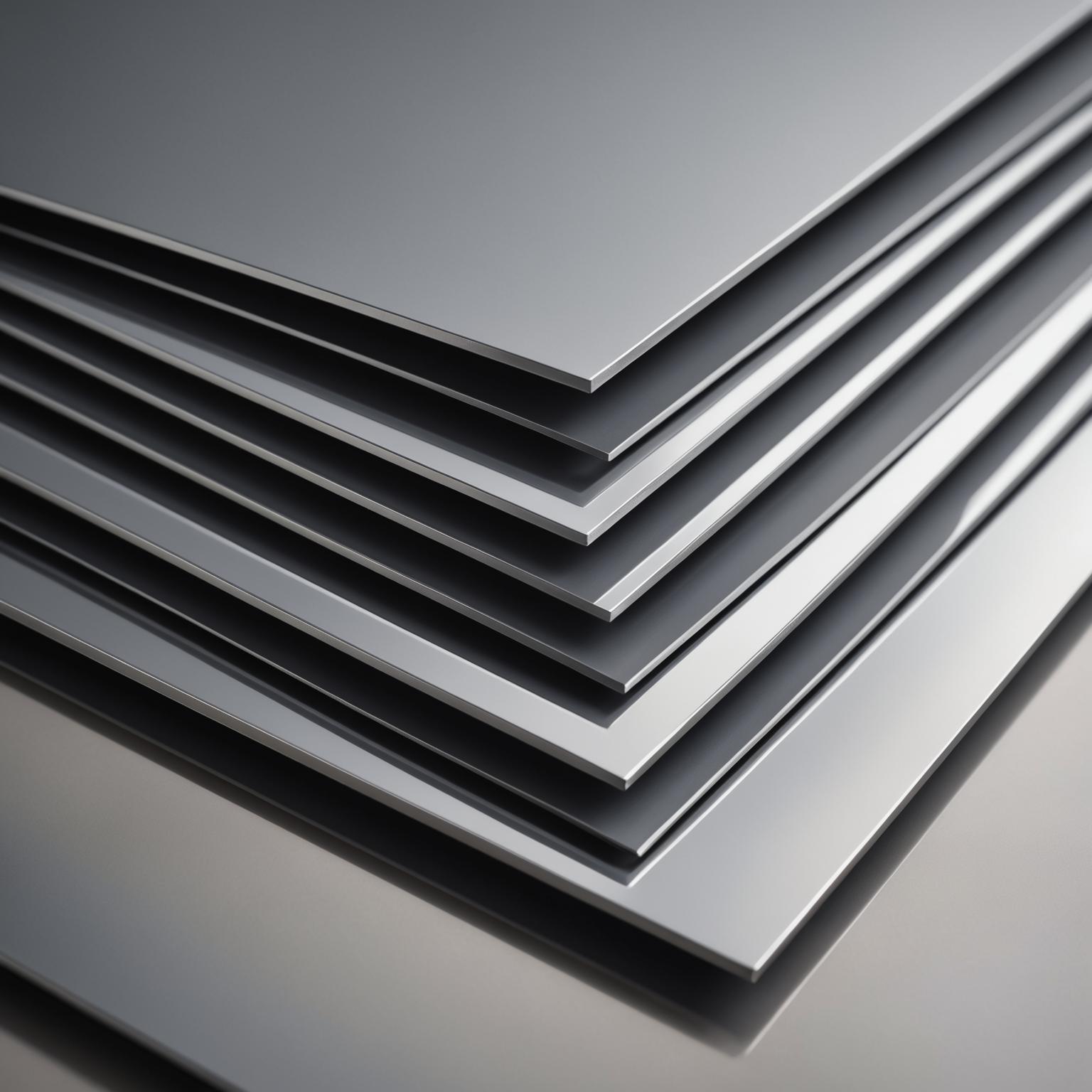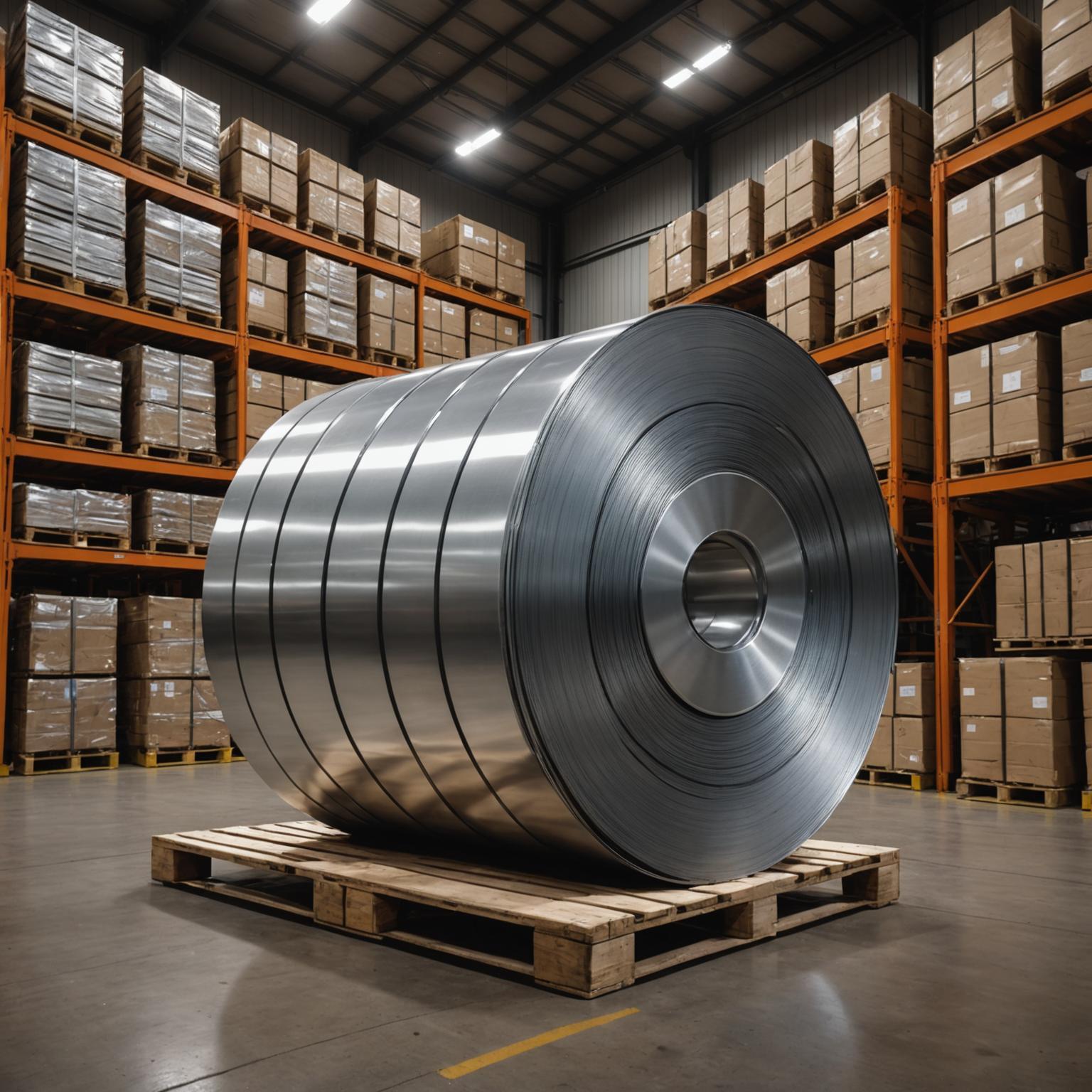Introduction to stainless steel pipes
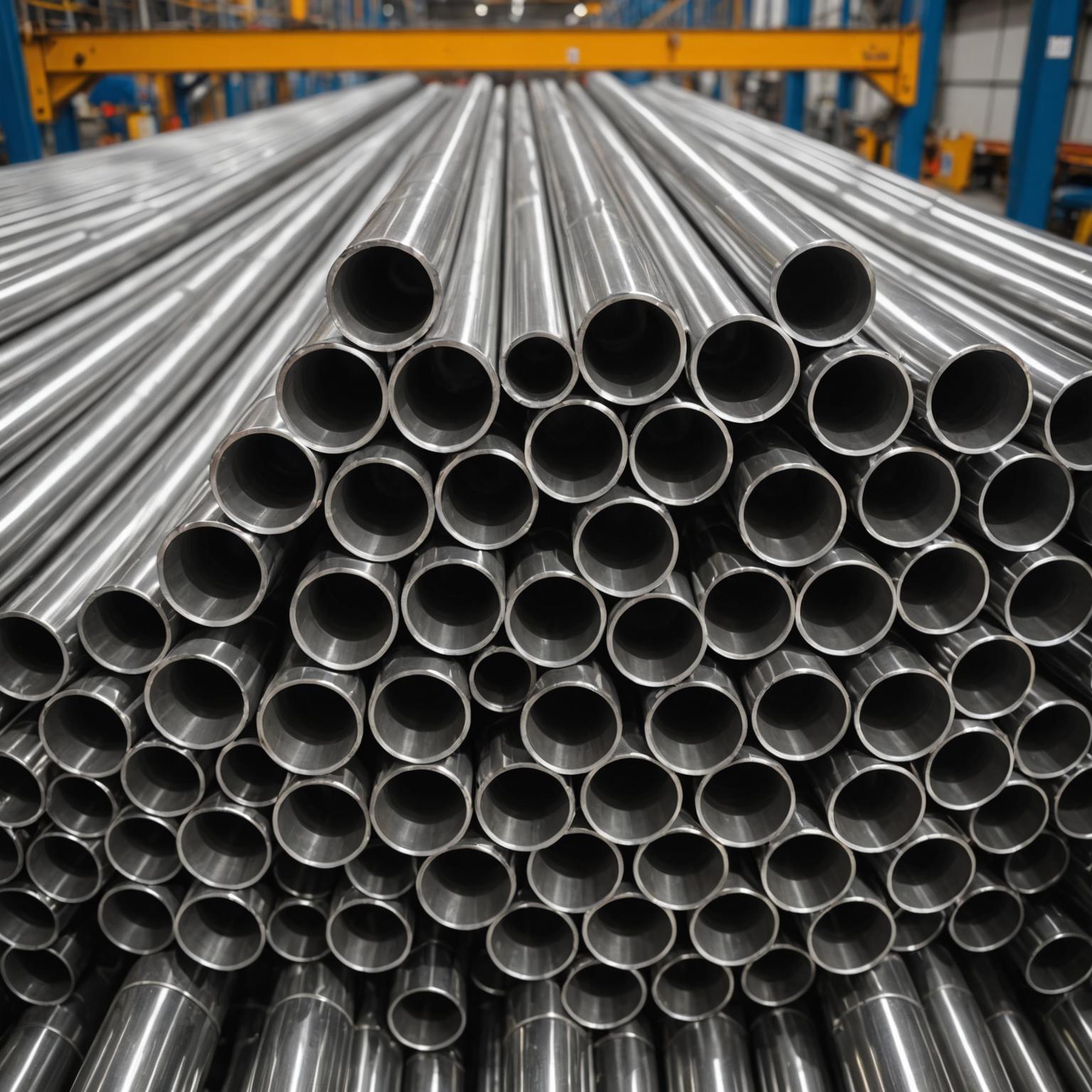
The stainless steel pipe market has grown significantly over the years due to its unparalleled durability, versatility and aesthetic appeal. As the industry develops to adopt sustainable and high-performance materials, stainless steel pipes continue to have important significance in construction, industrial and commercial applications. By 2025, experts expect the market to reshape the future of industrial infrastructure with innovative design trends and advanced manufacturing technologies.
Stainless steel pipes are known for their resistance to corrosion, heat and wear, making them ideal for high-pressure applications and environments that are prone to harsh conditions. Their ability to combine functionality with beauty makes them essential in areas such as architecture, automobile manufacturing, ductwork and even interior design.
Market Price Trend
The price trends in the global stainless steel pipe market are volatile due to the cost of raw materials, advances in production technology and growing demand in emerging economies. Analysts predict that the industry will see a steady rise in pricing by 2025, driven in large part by the need for quality materials that combine strength with sustainability.
As the industry needs pipelines tailored to specific dimensions and applications, customization is increasingly affecting price trends. The introduction of products such as Novapipe Ultraseries, with smooth finishes and customizable diameters, promises to set new standards for adaptability in the high-performance industry. Most importantly, environmental programs in the industrial procurement sector are strengthening demand for recyclable stainless steel, thereby increasing pressure on market prices.
Governments around the world are also inspiring green manufacturing practices, which prompt companies to invest in processes that ensure that stainless steel pipes meet environmental standards. Although these measures are beneficial in the long run, they have continuously developed the cost structure of these products.
Innovative design trends of stainless steel pipes
With the innovation of the industry, the stainless steel pipe market is no exception. An excellent trend is the rise of precision engineering pipelines, such as high-end stainless steel oil pipes, and are made with micron-level precision. These pipes are redefining standards for structural integrity and seamless performance in high-voltage systems.
The intersection between form and function is now more obvious than ever. Pipes like Novapipe Ultraseries, designed with a shiny finish that blurs the line between utility and design aesthetics. These glossy pipes are no longer limited to purely industrial uses, they appear in modern architectural designs, smooth furniture and cars with an avant-garde look. By choosing visually appealing pipelines, the industry demonstrates their commitment to complexity and innovation.
In addition, sustainability remains the driving force behind product development in this field. The recyclable nature of stainless steel makes it beneficial to industries that work hard to reduce environmental impacts. Products designed with environmentally friendly manufacturing processes not only support global green programs, but also attract socially conscious consumers and companies.
Application of stainless steel pipes
The versatility of stainless steel pipes is widely used in a variety of applications. In architecture, these pipes provide a powerful framework for modern skyscrapers and innovative architectural design. Their corrosion resistance and smooth appearance make them essential for plumbing systems, ensuring reliable performance for decades.
Automotive manufacturing is another sector that is increasingly relying on stainless steel pipes. From exhaust systems to structural components, these pipes have the strength, heat resistance and accuracy required for high-performance vehicles.
Industrial machinery also benefits from the seamless reliability of stainless steel pipes. Machines operating under high pressure conditions require components that do not deform or corrode, and high-quality stainless steel products can perfectly answer this requirement. Their customizable size further ensures compatibility with a variety of mechanical designs.
Future forecast for market and product development
Looking forward, the stainless steel pipe market is expected to continue to evolve before 2025. Advances in production technology will drive pipeline creation with higher accuracy and enhanced functionality. Innovations such as large diameter pipes or thin-walled capillaries will address the need for optimal material flexibility.
At the same time, the push towards sustainability will lead to the development of greener manufacturing practices, thereby enhancing the position of stainless steel as a key component in the application of ecologically conscious industrial. The company will continue to emphasize recyclable materials, reducing waste, while maintaining the excellent quality of these pipes.
Aesthetically speaking, stainless steel pipes may be further enhanced in the surface treatment. Designers prefer products that can be seamlessly integrated into visually striking modern projects, and manufacturers will meet this need with a shiny polished finish that will increase stainless steel from practicality to artistic.
Conclusion
As we approach 2025, the stainless steel pipe trend reflects the convergence of innovation, versatility and sustainability. Products like premium stainless steel pipes and Novapipe Ultraseries reflect the industry’s focus on aesthetic appeal enhancement. The recyclability of stainless steel ensures its continued relevance in the market with governments and industries prioritizing environmental solutions.
Whether you are building skyscrapers or making avant-garde machinery, stainless steel pipes are still at the forefront of material innovation, offering unique performance and style pairings. As market price trends respond to evolving demand, stakeholders in construction and manufacturing can expect a perfect future for modern engineering.



